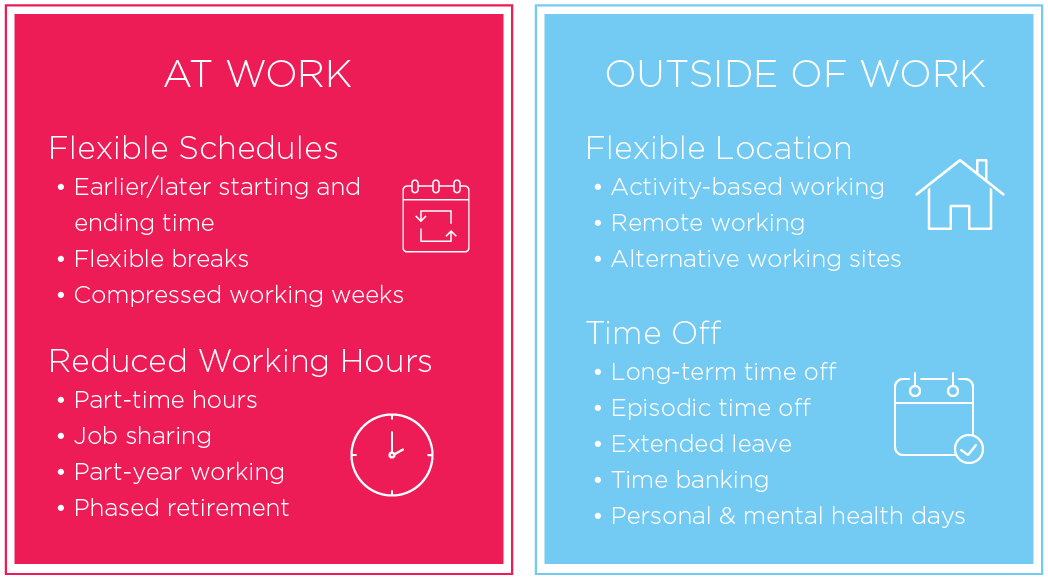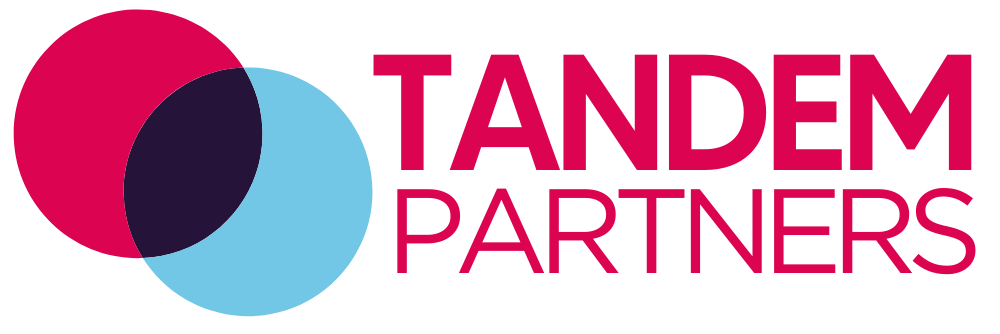Don’t Let Inflexibility Damage Your Business’s Future
News

As Australian businesses continue to adapt to the changing priorities of an expanding, multi-generational workforce, it’s becoming increasingly clear that flexibility is key to success. Yet, the frequency I come across employers who close themselves off to the best HR talent in the market often leaves me scratching my head. There’s a disconnect between what HR professionals and some employers want.
A vast majority of the experienced HR people that I work with are between their early 30’s and 40’s with families and hobbies. At the same time, Australia’s population and workforce is ageing and soon, more working people will need time away from the office to care for older family members. In other words, mid-to-senior level HR professionals are placing an increased focus on flexibility and a lot of employers aren’t meeting them half way. The reality is however, you don’t need to be an incredibly flexible workplace to attract these professionals. In fact, there are plenty of small flexible ideas you can introduce now to make an immediate difference. If you would like to find out how you can create a more flexible workforce for the future, read on.
The Benefits of Flexible Working
For some employers, it’s not always possible to achieve the highest possible level of flexibility. If this is the case then the key is to ask what else you could be doing to help your people live better lives. Flexibility doesn’t have to be all-or-nothing, in fact there are numerous small flexible ideas you can gradually introduce that won’t harm your organisation’s culture, efficiency or workforce planning. To provide you with an overview of the various types of flexibility that exist today, here is a quick breakdown of what you can find both in and outside of the workplace:

Whilst most people would have heard of starting and finishing work earlier or later, which is still a popular choice for HR today because you work full-time hours all the same, other ways of working full-time hours flexibly have started to become more prominent. One example would be compressed working where an employee would work a traditional 35 to 40-hour week in less than five business days so that they have a day off during the week.
Of course, there are alternative approaches to working flexibly that don’t focus on working hours, such as Activity-based Working, which enables employers to build workplaces tailored to people’s roles as opposed to the work or project they’re engaged with. You can learn more about how Activity-based Working can help you attract and retain great HR people in my colleague’s blog here.
How a Recruiter Can Help
If you’re going to offer flexible working arrangements then having the right person in that job will be critical. You’re going to need someone who will return that opportunity for flexibility by taking accountability for their role and giving 110% in return. As a HR recruitment partner, we speak to candidates from all walks of life every single day and we’re in a position where we can really get to know a candidate’s drivers and career orientation. We can pick out the talented HR people who really would give back more than expected for the chance to work four days a week or start at 7.30am.
Summary
As the Australian workforce continues to change, it’s important to ensure your business is leading the charge in creating better workplaces for tomorrow. Flexibility in how, where and when people work will be a key factor in doing that, but having the right people in the right roles is equally as important. To find out how Tandem Partners can help your business to achieve that, speak with one of our specialist recruitment consultants today.
Thank you for reading this article. If you would like more recruitment advice, check out blog or you can follow us on LinkedIn for the latest industry news and more.
Refine results
Keywords
Contact Us
Categories
News
HR Leader Series


